This is one of the best books on the holistic creation of a creative’s portfolio in quite a while. There are certainly quite a lot of portfolio books out there, and many of them are terrific. However, I like the total take on creativity and creating a unique presentation that is explored here. The full name of the book is: No Plastic Sleeves: The Complete Portfolio Guide for Photographers and Designers. The authors are Larry Volk and Danielle Currier. You can follow them on Twitter. Lots of insights for professionals presented there.
I have links and such at the end of this article, but let’s get right at it.
I pre-ordered this book when I first heard and read about it at the “No Plastic Sleeves” website. And Amazon delivered it a week earlier than expected. That gave me a chance to take in on the Santa Cruz trip and read it when I had the chance.
I found it hard to put down. The writing is direct, without much fluff and the authors get right to the point in each chapter. The way the book works is very helpful to photographers and designers of most every level. You don’t have to go from front to back, but can pick the chapters that are of most influence to you, at your point of portfolio work.
The book is directed toward designers as well as photographers. That can be an issue only if you let it be. Some of the concepts discussed here are more directed toward the designers than the photographers. That is great… if something you see directed toward a designer sparks an idea for you to work on then all is well. Ideas, concepts, hierarchical exploration of content and presentation are all worthy for consideration.
I don’t care what sparks my brain, as long as the sparks keep coming. Heh.
The chapters lay out from beginning portfolio planning and run through branding, book building and portfolio concepts. The authors do a good job of introducing a wide variety of information on the subject of brand and portfolio creation, but leave a lot of particulars out. I wish there were a bit more detail on some of the parts of the book… but that bias probably comes from what I struggle with, and your bias may want something more on another area. This is quite an extensive book, so adding more detail could also make the book unwieldy as well as more expensive.
As a designer as well as a photographer, I found the layout of the book very nicely done. Presentation of the work is clean, there is enough white space for the eye to relax and the portrait orientation makes the book feel ‘new’ and different. And, they are talking about presentation here, aren’t they?
Here is a link to their PDF of the table of contents and chapter one.
Contents
Introduction: Overview of Process;
Step 1: Develop an overarching visual identity;
Step 2: Create the visual “look and feel”;
Step 3: Page Design and Cover Design;
Step 4: Construct the portfolio book;
Step 5: Extend the visual brand to include the entire portfolio package;
Step 6: Creating Your Web presence;
Step 7: Develop resume and cover letter;
Step 8: Mailers and business Cards: extending your visual identity;
Step 9: Utilizing the complete portfolio package; Resources/Appendix
As you can see, the contents are quite ambitious, and this book will sit perfectly with more granular approaches to each of the areas you need more help in.
Chapters on placement of images and design are basic, but well crafted and the information is easily digested by photographers with a good visual literacy already established. The illustrations and images are detailed enough to get you thinking about the way you want your work to be shown. These pages are as much for photographers as designers, and there is much to be aware of when putting images in your portfolio.
There are examples of ‘story telling’ with multiple images, as well as creating dyptichs and tryptichs for presenting a group of related images. While these chapters aren’t extensive, they are deep enough to get you thinking about showing multiple images together.
One of the things they keep impressing on the reader is the need to keep the ‘brand’ or style cohesive throughout the presentation process. From web site to book to CD/DVD to mailers and leave behinds, the need for consistency cannot be overstated.
There is a section on creating your own books, and there are several methods shown. Some may feel that this is more geared toward designers, but I think that small groups of images, projects and some very special images could be created within their own book and make quite a splash when meeting with an AD or Editor who wants to see more work.
The book details:
ISBN: 9780240810904
Pages: 270
Format: Book – Paperback
Publication Date: March 10, 2010
You can get it at Amazon. And the price at Amazon shows a nice discount.
My recommendation is to buy this book if you are working on your first portfolio. Even if it is your second portfolio. The information in this book will make you think about presentation. Taking the time to concept a piece that shows your work in the best light is very important. Even if it is a simple paged book with sleeves and images, there are things that could be considered to promote the book and present the work.
You don’t have to spend a lot of money, but the concepts can be adopted to whatever level of work you are currently seeking. See our articles on portfolios here and here. No matter at what point you are in your quest to be a professional, the portfolio and presentation of your work is important.
(Caveat… Great work is first needed. Putting less than great work into the best of portfolio presentations will not be a benefit to anyone. Work first, presentation second. And good work simply presented in a folio with images will be seen by those who need to find good work to hire.)
Now to the books and such that would accompany this book for more detailed information:
How to Succeed in Commercial Photography: Insights from a Leading Consultant by Selina Maitreya (Amazon) and her first book (hard as hell to find, but at this writing Amazon seems to have a few copies left), “Portfolios That Sell: Professional Techniques for Presenting and Marketing Your Photographs” by Selina Oppenheim (since changed to Maitreya). You can also add Selina’s incredible audio package to your brain food by going here, and entering the code FOSLE into the box at checkout – save 50% ($100).
John Harrington’s book “Best Business Practices for Photographers” should be on your list as well as Elyse Weissburg’s book “Successful Self Promotion for Photographers.”
Lighting Essentials has several posts on portfolios and presentation in the Going Pro Category. Check out the articles there, and as always, if you have something to say… say it in the comments area. I am always ready to answer questions or send information.
Happy to announce that Jack Hollingsworth, Selina Maitreya and I have put the final plans together for our three date seminar series this fall: Going Pro NOW. We will start in Boston, then Chicago and finally end up in San Francisco. This full day seminar will be priced so everyone can attend and the information will be focused on the emerging photographer and what is needed to Go Pro in this ever-changing environment.
As always, follow me on Twitter and if you are interested in taking a workshop that will move you from beginner to advanced in lighting, check out Learn to Light. Hope to see you at a workshop soon.

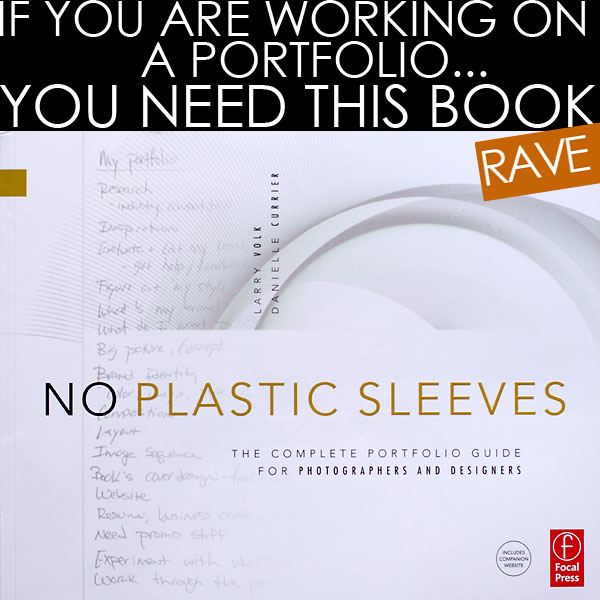
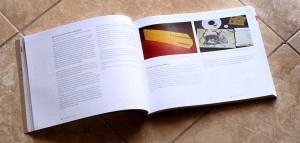

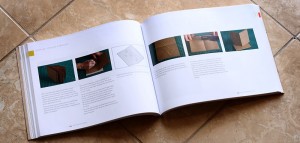

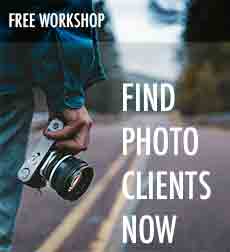
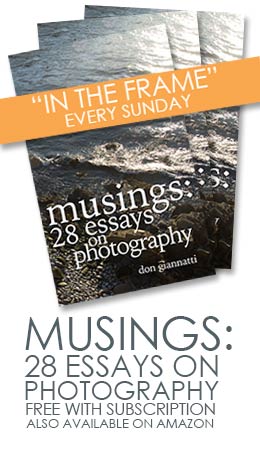

Thanks for this review and bringing this book to my attention. I’ve been looking for something to help me “do more†with my portfolio (especially in this economic climate). I feel like I need to present killer work and create a portfolio that has a great presence and will get someone to look twice. I checked out their website and looks like some great inspirational work and advice there too.
Awesome news on the workshop front – I got to meet Jack at the Photoshelter event in Austin a could weeks back. Looking forward to when the dates are announced.